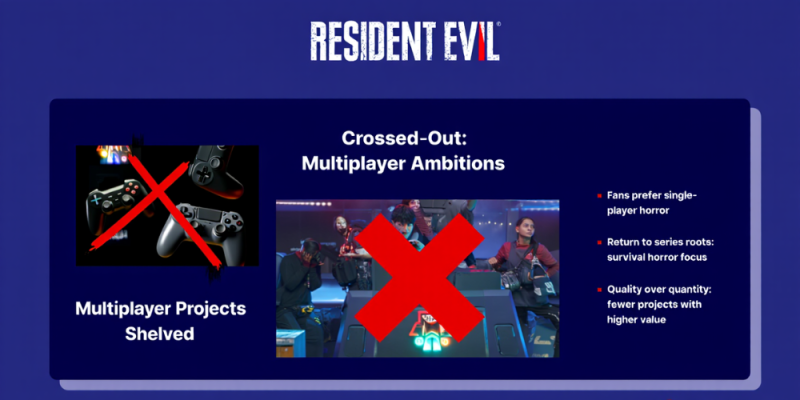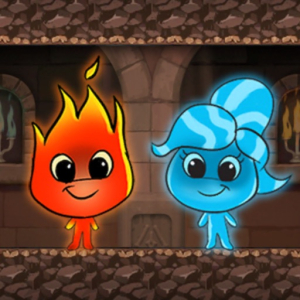Why Capcom shelved a Resident Evil multiplayer and what it learned
- Landon White
- November 17, 2025

Let me level with you: as exciting as a competitive or co-op twist on Resident Evil sounds, the recent producer chat about Capcom shelving a multiplayer horror concept made a lot of practical sense. Fans expected a fast follow-up to earlier experiments, yet the team signaled a reality many studios face—delivering real fear while serving modern online expectations is trickier than it appears. The message wasn’t defeatist; it was measured. Horror relies on control of tempo, scarcity, and unpredictability crafted by designers, whereas online frameworks hand a chunk of pacing to other players and to network conditions. Pair that with today’s demand for crossplay, seasonal cadence, and constant novelty, and you begin to see why a project might be paused rather than rushed. What came through clearly was respect for the brand’s identity and an insistence that surface-level additions would not convince players who expect deep systems, stable tech, and reasons to return week after week.
Multiplayer horror is a design tightrope. The moment you invite human opponents, the careful dread of a corridor can turn into a race for optimal routes, peek angles, and resource denial. Cameras and FOV that sell tension in single-player can feel restrictive when you need spatial awareness against unpredictable people. Audio is another thorny area: binaural cues, occlusion, and dynamic range achieve suspense solo, but in PvP or co-op, attenuation and clarity must prioritize readability over subtlety, or players feel cheated. Matchmaking adds more layers: skill ratings, role preferences, and regional data splits extend queues for niche modes. Asymmetry, a tempting fit for the series, brings its own math of escape likelihoods, time-to-resolution, and objective pressure. The team also has to handle grief prevention, spawn logic that avoids frustration spirals, and encounter pacing that still lets fear breathe. None of that is impossible; it’s just a lot to get right all at once—and it must feel uniquely Resident Evil, not generic survival with familiar faces.
Then there’s the production reality. A sustainable online game needs a content pipeline that goes far beyond visual swaps. Players want fresh maps with new sightlines and traversal flow, new kits that reshape team comps, and systems-level additions that reframe the meta. That requires design iteration, effects, animation, narrative framing, UI work, telemetry, and extensive QA across every platform. Networking choices—authoritative servers, client-side prediction, server reconciliation, rollback for certain interactions—must be selected, implemented, and defended with robust anti-cheat. Tick rates, hit validation, and inventory sync have to hold under congestion. Add certification windows, crossplay compliance, payments, and customer support, and the calendar fills quickly. If a studio can’t promise a reliable cadence, the launch enthusiasm evaporates. That’s why the producer pushed back on the idea that cosmetic refreshes alone would carry the experience; people return for strategic depth and new problems to solve, not just wardrobe changes.
Capcom has meaningful history to draw from. Outbreak hinted early that cooperative tension can be electric when scenarios demand teamwork, resource tradeoffs, and environmental problem-solving. Resistance showed the allure and burden of asymmetry—cat-and-mouse drama is compelling, yet balance swings and content gaps sour momentum. Re:Verse tried a brisk character-driven arena approach but struggled to express what makes the series special once matches prioritized fast loops over atmosphere. Community feedback across these efforts emphasized three pillars that actually align with the brand: deliberate pacing, consequential inventory and positioning choices, and scenario variety that surprises without feeling chaotic. When those pillars erode, identity blurs and retention dips. The latest decision reads like a synthesis of those lessons: either anchor a new multiplayer in systems that meaningfully express survival horror, or hold fire until the team can prove a lasting loop, stable tech, and an update plan that respects players’ time.
Conclusion
What I appreciated most in the explanation was the honesty. Rather than ship something forgettable and pivot later, the team chose to protect the series’ reputation and invest where it reliably excels—expertly authored campaigns and tight co-op moments inside mainline projects. That doesn’t mean the door is closed. If Capcom returns to the space, expect a clearer promise: full crossplay at launch, transparent matchmaking goals, anti-cheat with rapid response, and an updates roadmap built around systems that deepen play, not just new outfits. A future take that leans into scenario-based co-op, scarce resources, and evolving enemy behaviors could hit the sweet spot between fear and replayability. For now, restraint shows respect for the audience and for the craft. In a market flooded with seasonal grinds, choosing to wait until the foundation is undeniably strong might be the smartest move a storied horror series can make.















